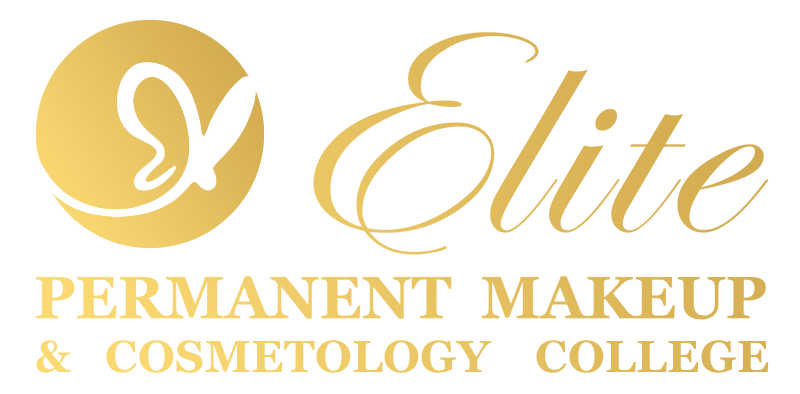Lipstick is a beauty staple for many, but did you know that some lipsticks contain harmful ingredients? Many brands use toxic chemicals, heavy metals, and allergens that can pose health risks. In this guide, we’ll uncover the dangerous ingredients found in some lipsticks, how they affect your health, and how to choose safe alternatives.
Harmful Ingredients in Lipsticks
Not all lipsticks are created equal. Here are some common toxic ingredients you should avoid:
1. Lead
Why It’s Dangerous:
- Linked to neurological damage and cognitive impairment.
- Accumulates in the body over time.
How to Identify:
- Often found in long-lasting and highly pigmented lipsticks.
- Brands may not list it explicitly, but independent lab tests have found it in many products.
2. Parabens
Why It’s Dangerous:
- Acts as an endocrine disruptor, affecting hormone balance.
- Linked to breast cancer in some studies.
Common Names on Labels:
- Methylparaben
- Propylparaben
- Butylparaben
3. Artificial Fragrances & Dyes
Why It’s Dangerous:
- May cause allergic reactions and skin irritation.
- Some synthetic dyes are derived from coal tar, which is a potential carcinogen.
Safe Alternatives:
- Look for lipsticks colored with natural minerals and plant extracts.
4. Mineral Oil & Petroleum-Based Ingredients
Why It’s Dangerous:
- May contain carcinogenic contaminants.
- Can block the skin from breathing properly.
Common Names on Labels:
- Petrolatum
- Paraffin oil
- Liquid paraffin
5. Heavy Metals (Cadmium, Mercury, Chromium)
Why It’s Dangerous:
- Can cause organ damage with long-term exposure.
- Mercury is particularly harmful to pregnant women and babies.
How to Identify:
- These metals are often found in cheaper lipsticks.
- Not always listed on ingredient labels, so look for lab-tested brands.
Safe Lipstick Alternatives
Choosing a non-toxic lipstick ensures beauty without harm. Here’s what to look for:
1. Natural & Organic Lipsticks
Why They’re Safer:
- Made with plant-based pigments and natural oils.
- Free from synthetic chemicals and heavy metals.
Recommended Ingredients:
- Beeswax or Candelilla Wax (for texture)
- Coconut Oil, Jojoba Oil (for hydration)
- Natural Colorants like Beetroot Extract
2. Certified Non-Toxic Brands
Why Certification Matters:
- Third-party testing ensures no harmful ingredients.
- Certifications like USDA Organic, EWG Verified, or Leaping Bunny indicate safety.
3. DIY Lipstick Recipes
Why Make Your Own?
- Complete control over ingredients.
- No hidden toxins or preservatives.
Simple DIY Recipe:
Ingredients:
- 1 tsp beeswax
- 1 tsp coconut oil
- ½ tsp shea butter
- Beetroot powder or cocoa powder for color Instructions:
- Melt the beeswax, coconut oil, and shea butter together.
- Stir in your preferred natural colorant.
- Pour into a small container and let it set.
How to Test for Lipstick Safety
1. The Smudge Test
- If the lipstick feels overly sticky or greasy, it may contain petroleum-based ingredients.
2. The Heavy Metal Test
- Rub a gold ring on your lipstick; if it turns black, it may contain lead.
3. Reading Ingredient Labels
- Avoid long chemical names and stick to simple, recognizable ingredients.
Conclusion
Your lipstick shouldn’t compromise your health. By avoiding toxic ingredients and choosing safe alternatives, you can enhance your beauty while protecting your well-being.
Interested in learning more about safe cosmetics? Join Elite Cosmetology College for expert beauty education!

